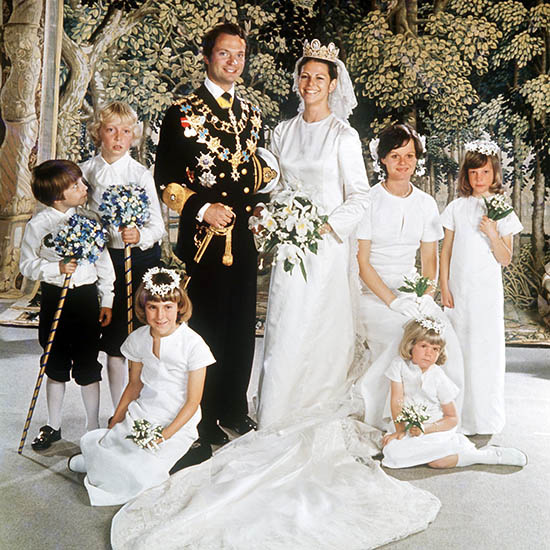Things to Know
Selinda - Kwando - Linyanti Concessions
At the extreme northern reaches of Botswana – the Caprivi just on the other side – lie three of the most splendid, wild and secluded destinations the country has to offer.
Sandwiched between the Chobe National Park to the east and the Okavango south, the extensive Kwando, Selinda and Linyanti concessions offer superb wildlife viewing – and terrain to rival the physical beauty of the Okavango.
And no wonder – both share geographical similarities. Like the Okavango River, the Kwando River flows south from Angola across the Caprivi Strip and into Botswana. Like the Okavango, it slowly fills the Linyanti Swamps. The outflow from the Swamps then fills the Linyanti River, which courses east into the Chobe River.
The swamps that fan out from the rivers carry the same magnificent natural history as the Okavango – picturesque channels, lagoons, papyrus stands and reedbeds. Riparian forest lines the waterways, giving rise to magnificent, towering trees. Dry riverbeds – the Selinda Spillway and the Savuté channel – meet the swamps, their lack of flowing water possibly determined by faulting underground that halts the course of the waters. interestingly, faults in this area are believed to be the southernmost point of Africa’s Great Rift Valley.
The reserves string along the rivers, with the Kwando to the northwest, Selinda (1350 sq kms in area) south and Linyanti (1250 sq kms in area) east. A small area of the Chobe National Park juts up to meet the Linyanti River and swamps; it has a government campsite and facilities for the self-drive camper, while the concessions offer private camps.
There are no fences in the concessions of the Selinda-Kwando-Linyanti region, so animals can ram freely and undisturbed.
This is real African big game country, and during the dry season the permanent waters of both the Kwando and Linyanti Rivers serve as important migration points for wildlife from much of northern Botswana – including large herds of buffalo and elephant, wildebeest and zebra.
Virtually all naturally occurring antelope and predators can be seen in these concessions, depending, of course, on the season, and food and water availability. These include waterbuck, reedbuck, giraffe, impala, kudu, and with any luck the rare and shy sitatunga, and accompanying lion, hyena, leopard, cheetah, jackal, serval and caracal.
But perhaps the greatest attraction of this part of Botswana is the feeling it gives of extreme isolation, and being completely removed from the world as we know it. The camps are small and private, with perhaps only twenty or so guests present at one time.
Birding in this area is outstanding, here you can find both Okavango specials, such as slaty egret, and most of the drier woodland species, such as Arnot’s chat. The best time for bird watching in the Concessions area is in the Wet season, from November to April, when summer migrants arrive. Bird watching is very good, though, at any time of the year.

In June 1976 just three years after Carl Gustaf had become King, Sweden celebrated as he married Silvia Sommerlath.
It was in 1976 that King Gustaf and Queen Sylvia, newlyweds, arrived in Botswana on their honeymoon. In an effort to escape the relentless paparazzi, they made their way to one of the remotest places within Botswana on the Linyanti river. There they camped on the banks of a stunning oxbow lagoon and understandably, completely fell in love with the beauty of Botswana – a feeling that was mutual as the country fell in love with them too. Botswana named Queen Sylvia the Dancing Queen!
Dry season – April to October
The last precipitation of the Wet season usually falls in April. June and July are the coolest months, but temperatures start rising in August and peak in October April & May – Mostly dry and sunny, this is the start of the Dry season. It is hot in the daytime, with temperatures up to 29°C/84°F. The vegetation in the reserve is still green. June, July & August – Rainfall is virtually nonexistent. The temperature has dropped a bit with afternoons reaching 26°C/79°F, on average. Don’t forget to bring warm clothing for morning drives and boat trips – early morning temperatures are only 8°C/46°F. September & October – This is the end of the Dry season. The reserve sizzles with heat before the rains arrive. October is usually the hottest month with an average, afternoon temperature of 35°C/95°F. Nights and mornings are pleasant.
Wet season – November to March
It immediately cools down after the rain, and the dust settles. It rarely rains all day. Storms and short showers in the afternoon become the general pattern. It’s hot throughout the season, and afternoon temperatures rise to about 32°C/90°F. Mornings are comfortable. November & December – Conditions are hot and mostly sunny with intermittent rainfall. When it does rain, the relief is palpable because temperatures tend to build before precipitation and fall afterward. Early mornings are the most comfortable, with average temperatures around 19°C/65°F. January & February – During the wettest months, strong storms are frequent, especially in the afternoon. Rainfall doesn’t usually last more than a few hours. March – The rains are tapering off, although it still rains every couple of days. Precipitation is mostly in the form of thunderstorms. Mornings tend to be a little cooler at 18°C/64°F.
Best Time June to October (Best wildlife viewing)
High Season July to October (High season rates apply, small exclusive lodges never get busy)
Low Season November to June (Low season rates apply)
Best Weather May to August (Less hot during the day)
Worst Weather October (It gets extremely hot)



